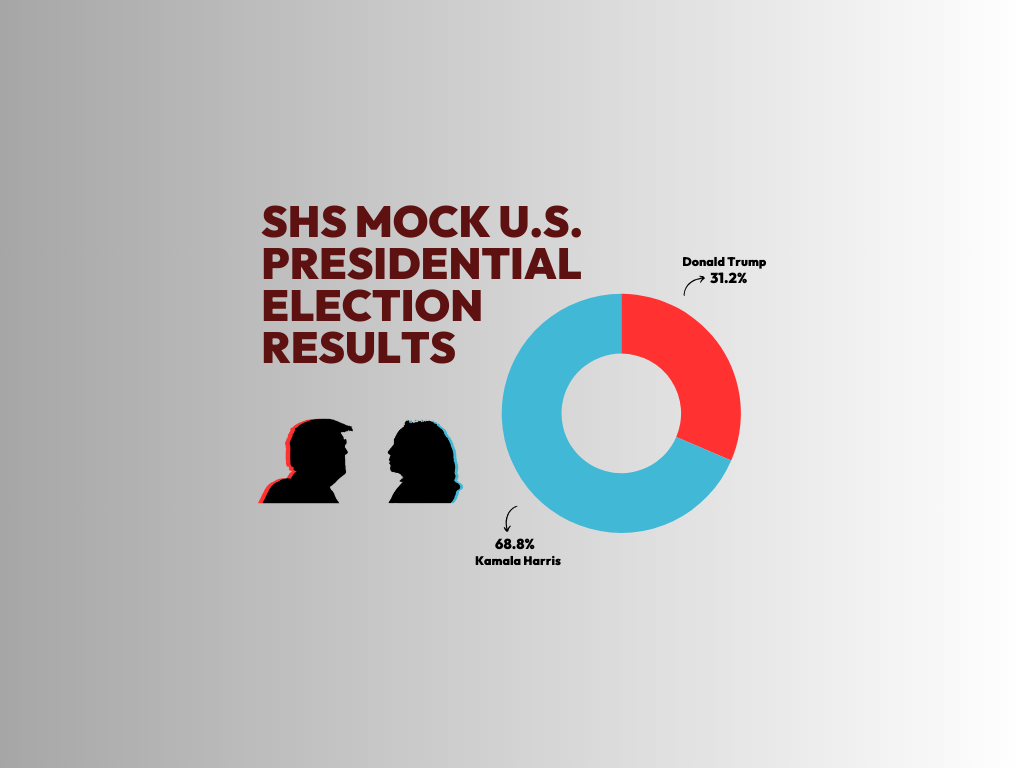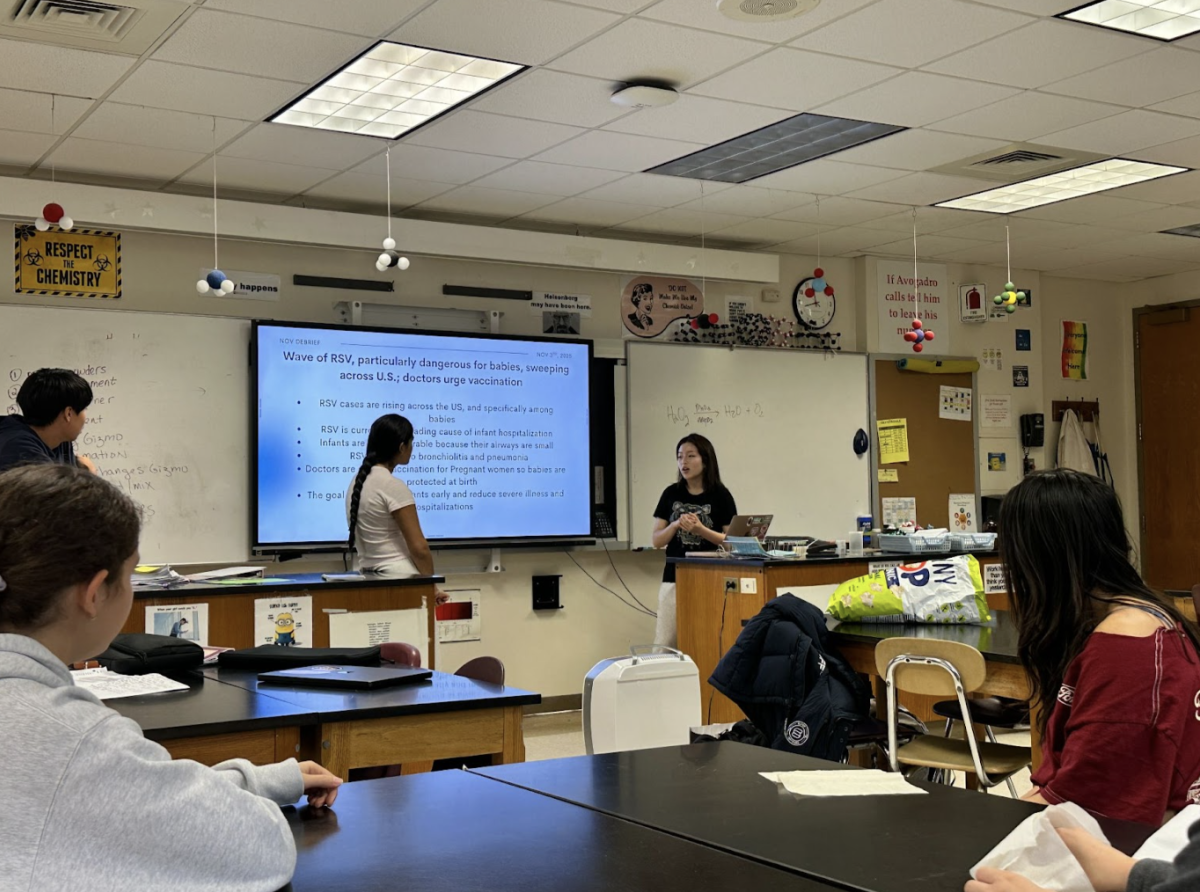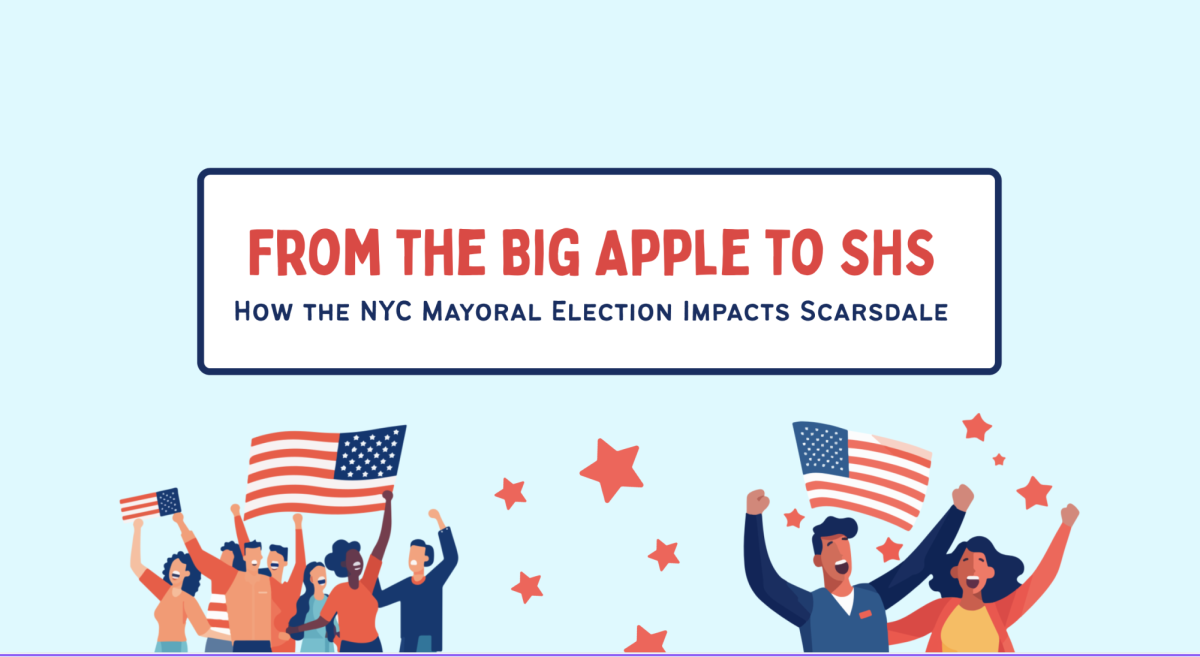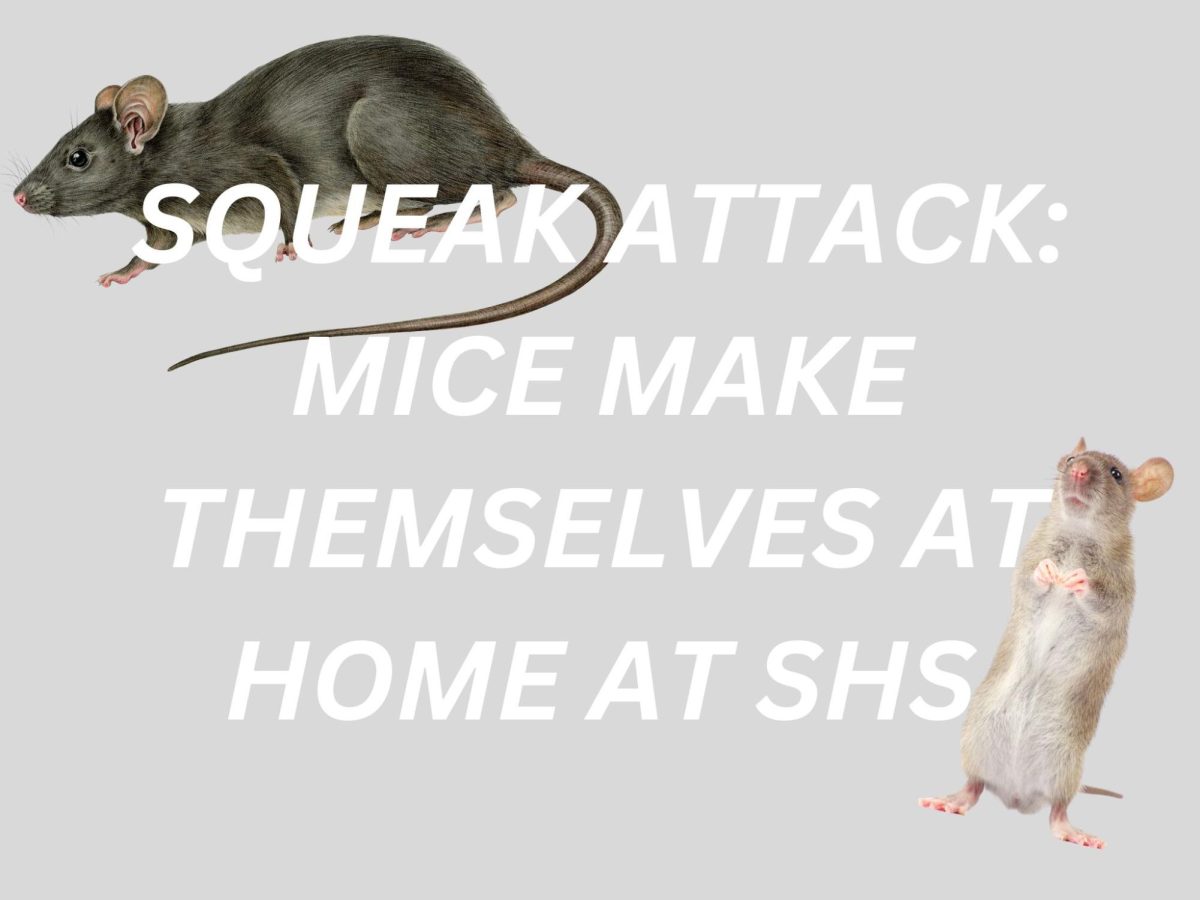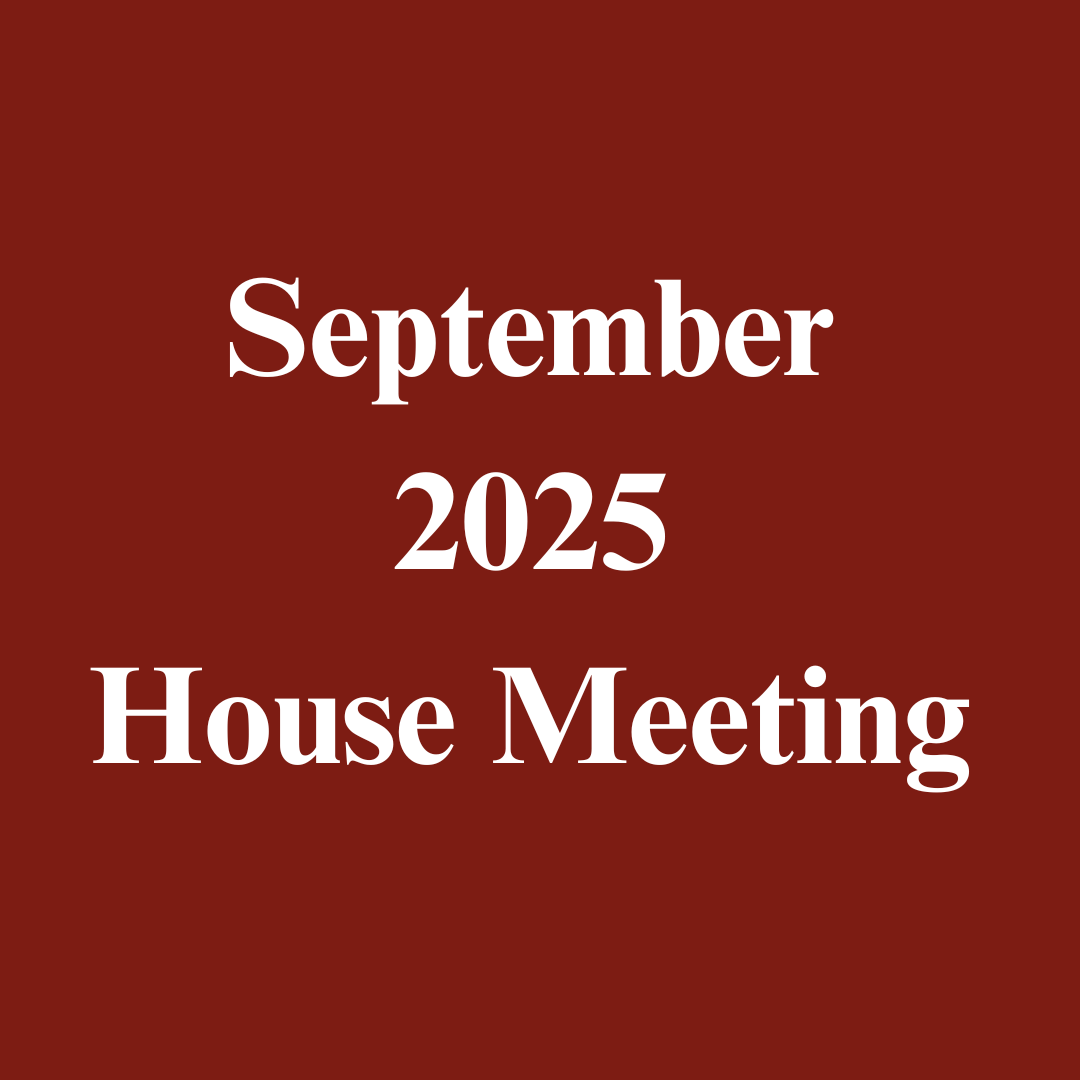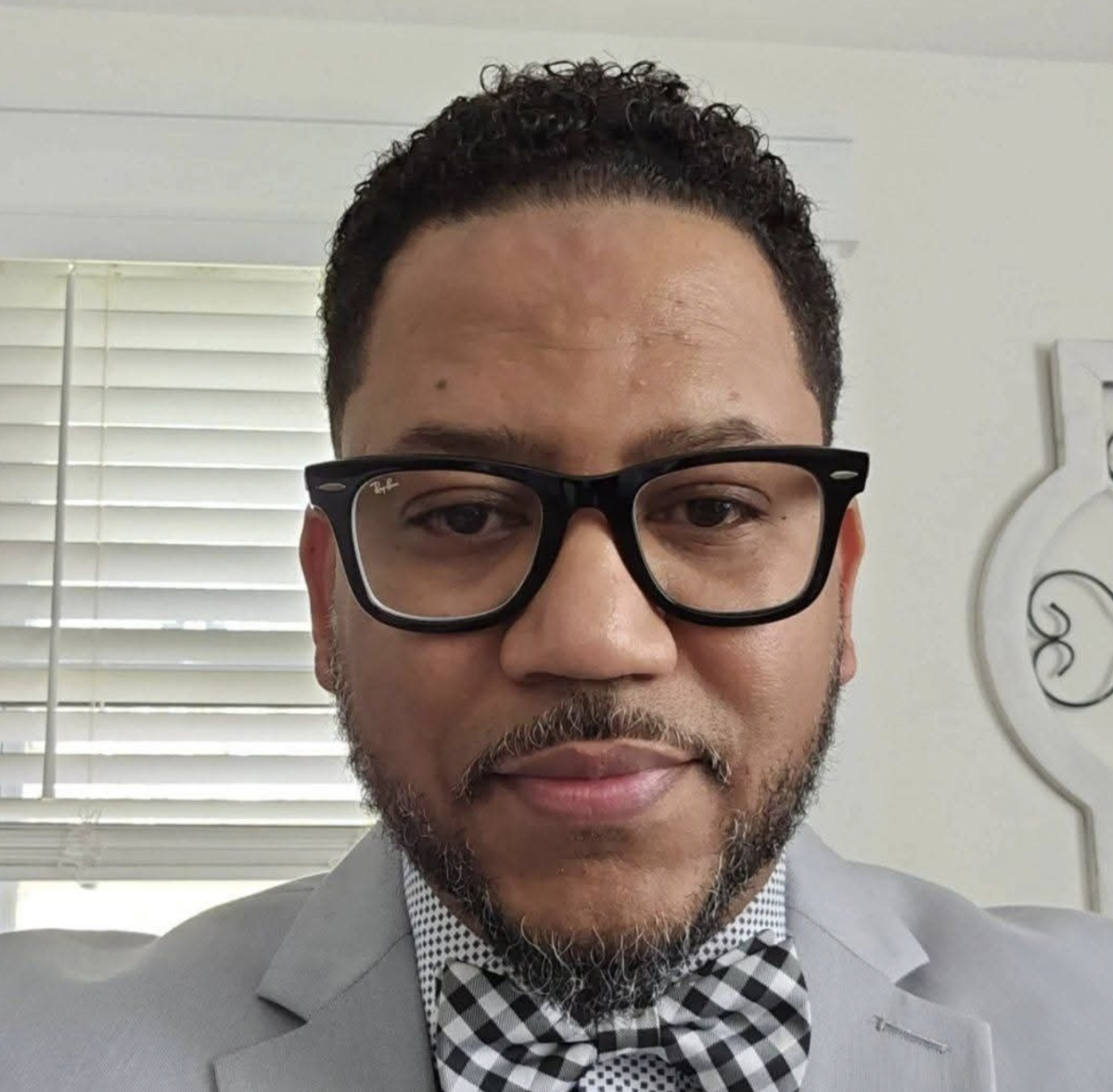The results are in! The recent SHS mock 2024 U.S. presidential election showed a continued preference among students for the Democratic candidate, with Kamala Harris winning 68.8% of the votes over Donald Trump’s 31.2%. However, voter turnout has decreased over the last two election cycles – with only 935 students voting in 2024 versus 1,019 in 2020 and 1,221 in 2016, an 8.2% and 23% decline, respectively. It is unclear what is driving lower participation.
While Harris decisively won the election similarly to Hillary Clinton in 2016, her margin of victory was markedly narrower at 37.6% as compared to Clinton’s at 49.5% when Clinton received 69.3% of the votes to Trump’s 19.8%. This outcome is quite different from 2020 when Biden won with a landslide 82.8% of the vote versus Trump’s 13.8%.
Eight years apart, results were quite similar between the 2016 and 2024 elections, when Trump was the Republican candidate, facing off against a female Democratic opponent. Nearly identical trends included a strong preference among female students for the female Democratic candidate — 84.4% for Harris this year compared to 79% for Clinton in 2016 — while a slight majority of male students supported Trump — 54.9% in 2024 and 58.5% in 2016. This outcome reveals the importance of voter gender in candidate selection.
Exit poll responses also remained consistent, with students citing personal characteristics and values as the most important factor in choosing the Democratic candidate — 38.8% in 2024, down from 48% in 2016 — and economic issues as the top reason for supporting Trump — 39.3% in 2024, up from 32.5% in 2016. Across grades, the voting split between Harris and Trump was stable, suggesting similar political leanings among SHS students regardless of age. Notably, 72.2% of students voting for the Democratic candidate in 2024 believed their vote matched their parents’ political preferences, while only 42.3% of Republican voters felt the same — this contrast with parent voting preferences based on party was consistent in both 2016 and 2020.
Mock elections at our school largely reflect the political landscape in New York State, which leans heavily Democratic, rather than offering an accurate prediction of national results. While not predictive of actual outcomes, this exercise provides valuable insights into student perspectives and fosters civic engagement by encouraging students to think critically about key issues and candidates. Such experiences highlight the importance of political participation, preparing students for real-world voting and helping them understand the democratic process.


